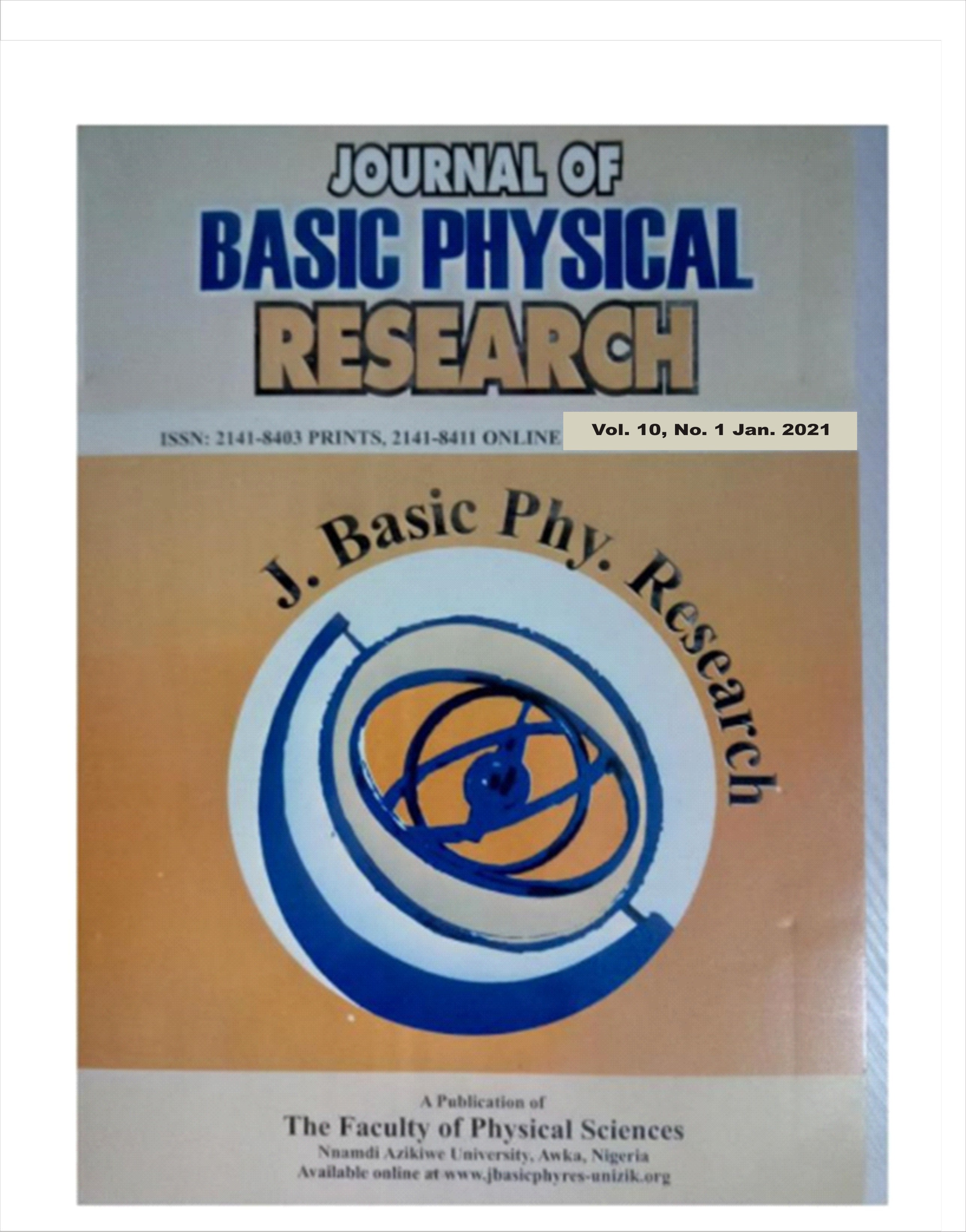IMPACT OF MIXED AGRO WASTE AS HYBRID FILLERS ON THE MECHANICAL, MORPHOLOGICAL, WATER ABSORPTION AND BIODEGRADATION PROPERTIES OF HIGH DENSITY POLYETHYLENE COMPOSITES.
Keywords:
Agro waste, HDPE, Mechanical properties, Morphological properties, Water absorption, DegradationAbstract
Agricultural waste is yet an untapped source of raw materials that can, in case of proper application enhance greatly the sustainability of polymers and their composites leading to eco-friendly and environmental degradation of plastics. The impact of the mixed agro wastes; rice husk and sugarcane bagasse on the mechanical, morphological, water imbibition and degradability properties of high density polyethylene was studied. The fillers were mixed in the ratio of 50:50. The mixed fillers were incorporated into the HDPE polymer resin at different proportions (0%, 5%, 10%, 15% and 20%), and the composites were fabricated via injection moulding technique. The mechanical properties; tensile strength, %elongation at break, compressive strength, shear modulus and hardness test of the composites were analysed according to ASTM standards. Also, the morphological properties were studied with a Scanning Electron Microscope. The result of the mechanical properties test showed a reduction in tensile strength and percentage elongation at break, and an increase in hardness, with the optimum hardness observed at 10wt% filler loading. The lowest tensile strength values were observed at 5wt% and 20wt%, the lowest value for the percentage elongation at break was also observed at 20wt%. An increase in compressive strength and shear modulus of the composites were also observed, 20wt% had the optimum compressive strength and shear modulus. The result of the morphological study showed that there is good adhesion and interfacial bonding between the filler and the polymer matrix as a result of good dispersion of the fillers in the polymer matrix. Biodegradation study showed a reduction in the mass of the composites after a 3-month burial period indicating that the composite is more environmentally benign. Result from the water absorption test indicated no increase in the mass of the composites after immersion in water. This is an indication that the composite can be utilized in wet environments.


